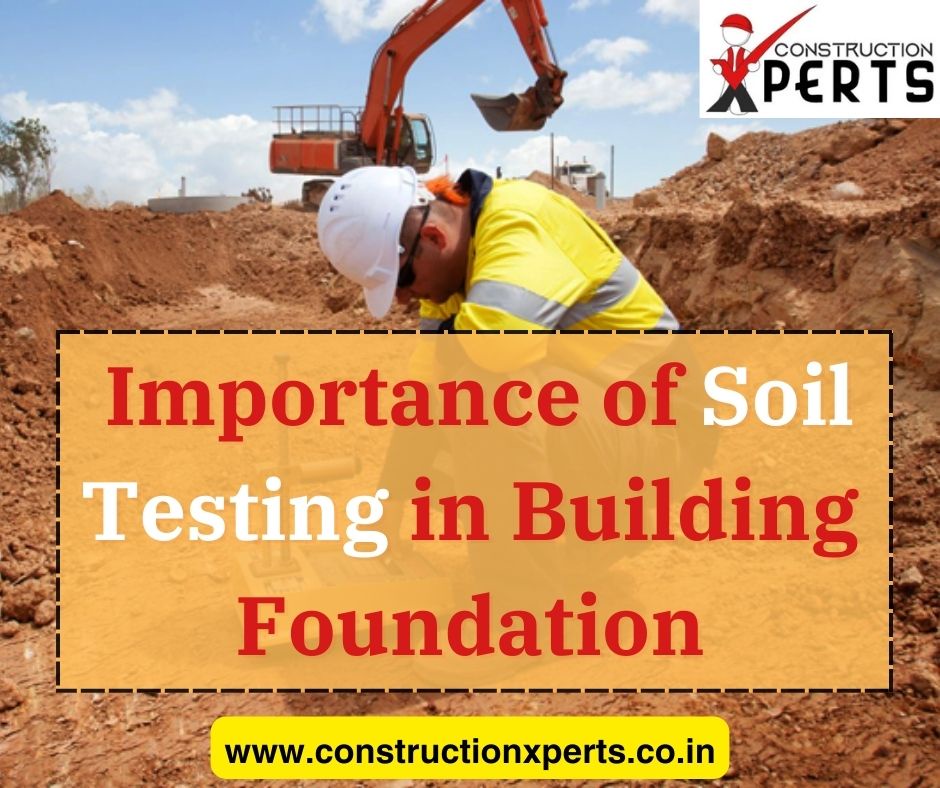Introduction:
Building a strong and stable foundation is paramount in any construction project. However, what lies beneath the ground can often be overlooked but holds the key to the success and longevity of a structure. In this blog, we'll delve into the critical role of soil testing in building foundation design, exploring why it's essential, what it entails, and how it impacts the overall construction process.
Understanding Soil Composition:
Before laying the groundwork for a building, it's crucial to comprehend the composition of the soil beneath the site. Soil varies significantly in its properties, ranging from sandy and gravelly to clayey and loamy. Each type of soil behaves differently under load and environmental conditions, directly affecting the stability of the foundation.
The Impact of Soil on Foundation Design:
Soil testing provides valuable insights into the bearing capacity, compaction, and drainage properties of the soil. These factors play a vital role in determining the type of foundation suitable for the site. For instance, a sandy soil with good drainage may be suitable for shallow foundations, while expansive clay soil might require deeper, more robust foundations to prevent settlement or structural damage.
Ensuring Structural Integrity:
By conducting comprehensive soil tests, engineers can assess the soil's load-bearing capacity and determine the appropriate design parameters for the foundation. This information allows them to tailor the foundation design to the specific site conditions, ensuring optimal performance and structural integrity over the lifespan of the building.
Mitigating Risks and Uncertainties:
Soil testing helps identify potential risks and challenges early in the construction process, allowing for proactive mitigation measures. For example, soil tests can reveal the presence of groundwater, expansive soils, or other soil conditions that may pose risks to the foundation. By addressing these issues upfront, builders can avoid costly delays, redesigns, or structural failures down the line.
Optimizing Construction Costs and Efficiency:
Investing in soil testing may seem like an additional expense, but it can ultimately save time and money by preventing costly mistakes and rework. By accurately assessing the soil conditions, engineers can optimize the foundation design, selecting the most cost-effective solutions without compromising safety or quality. Moreover, a well-designed foundation minimizes the need for ongoing maintenance and repairs, reducing long-term ownership costs for the building owner.
Conclusion:
In summary, soil testing is a crucial step in building foundation design, providing essential information that informs the entire construction process. By understanding the soil composition, engineers can tailor the foundation design to suit the site-specific conditions, ensuring structural integrity, mitigating risks, and optimizing construction costs. Ultimately, investing in thorough soil testing for building foundations is an investment in the long-term stability and durability of the building, laying the groundwork for success for years to come.


No comments yet